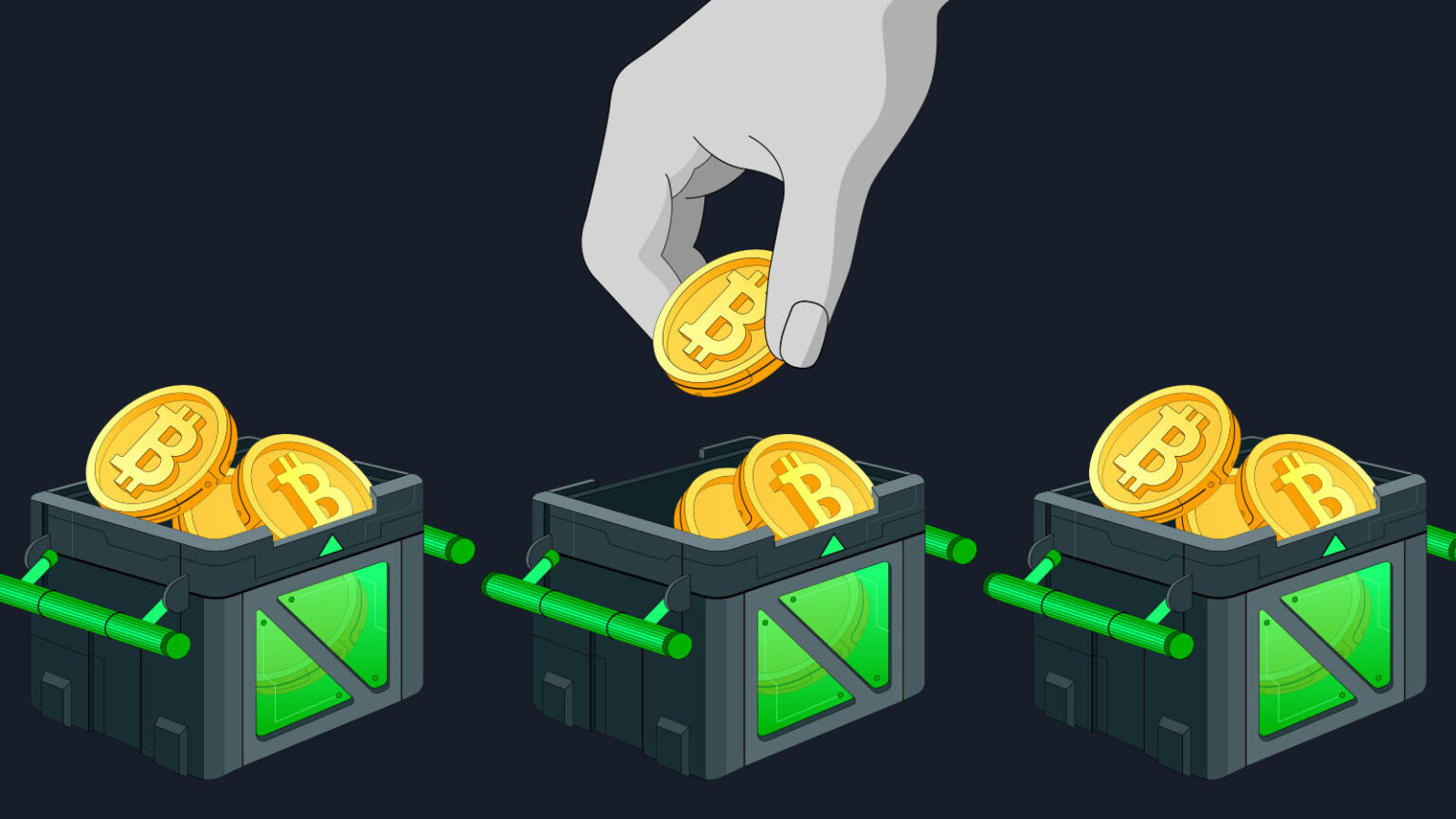Smart Strategies for Risk Management and Long-Term Gains
In the fast-paced world of cryptocurrencies, diversification is more than just a buzzword — it’s a fundamental principle of risk management. Whether you’re a beginner or an experienced investor, building a well-balanced crypto portfolio can help you weather market volatility, capture upside potential, and align your holdings with your financial goals.
What Is a Diversified Crypto Portfolio?
A diversified crypto portfolio is one that spreads investments across different types of assets, sectors, and risk categories within the blockchain ecosystem. Just as traditional investors diversify across stocks, bonds, and commodities, crypto investors diversify across coins, sectors (like DeFi, Layer 1s, AI, gaming), and even stablecoins or yield strategies.
Diversification helps reduce the impact of one asset’s poor performance and provides exposure to growth across different parts of the market.
1. Define Your Investment Goals and Risk Tolerance
Before buying any crypto asset, start with the basics:
- Are you investing for short-term gains, long-term growth, or passive income?
- How much volatility can you handle without panic selling?
- What percentage of your total wealth will you allocate to crypto?
Create clear boundaries. For most retail investors, experts recommend allocating between 1% and 10% of your net worth to crypto, depending on your risk appetite.
2. Start with the Blue Chips (40-50%)
No crypto portfolio is complete without Bitcoin (BTC) and Ethereum (ETH). These assets have:
- High liquidity
- Strong institutional backing
- Long-term adoption trends
- Lower relative risk compared to altcoins
Allocate about 40-50% of your portfolio to these blue-chip assets. BTC is viewed as digital gold, while ETH powers a wide range of DeFi and smart contract platforms.
📌 Read also: Living on Crypto: A 30-Day Real-World Challenge
3. Explore Growth Altcoins (30-35%)
These are projects with high potential but also higher risk. Examples include:
- Layer 1s: Solana (SOL), Avalanche (AVAX)
- Layer 2s: Arbitrum (ARB), Optimism (OP)
- DeFi: Aave, Curve, Uniswap
- AI + Blockchain: Render, Fetch.ai, Ocean Protocol
- Gaming/Metaverse: Illuvium, Gala Games, Sandbox
Research fundamentals: team credibility, roadmap, tokenomics, partnerships, and active users.
4. Add Stablecoins and Yield Strategies (10-20%)
Don’t neglect the value of stablecoins (USDT, USDC, DAI). They provide:
- Stability during market downturns
- Capital to deploy in buying dips
- Passive income opportunities via staking or lending
Consider low-risk DeFi strategies like farming or liquid staking on platforms like Binance or earning with Ledger Live.
5. Consider Emerging Projects and Presales (5-10%)
For those with higher risk tolerance, investing in early-stage projects can yield explosive returns — but it’s risky.
- Participate only in audited, KYC-compliant presales.
- Use platforms like CoinList or trusted launchpads.
- Diversify across sectors — don’t bet all on one.
📌 Read also: The Invisible Costs of Yield Farming: What Nobody Tells You
6. Rebalance Regularly
Markets move quickly. What was 50% of your portfolio last month may now be 70% due to price action.
Schedule a monthly or quarterly review:
- Take profits from overperforming coins.
- Reallocate to underperformers or cash.
- Adjust your allocations based on market cycles.
7. Use Tools to Track Your Portfolio
Use platforms like CoinStats, DeBank, or Zerion to track your holdings, performance, and risks. Some wallets and exchanges also offer auto-rebalancing.
Conclusion: Build Smart, Stay Calm
A diversified portfolio is your shield in the volatile world of crypto. Don’t chase hype. Invest in narratives you understand, manage your risks, and think long-term.
By spreading your investments across solid projects, stable assets, and emerging innovations, you position yourself to not only survive but thrive in the ever-changing world of Web3.



